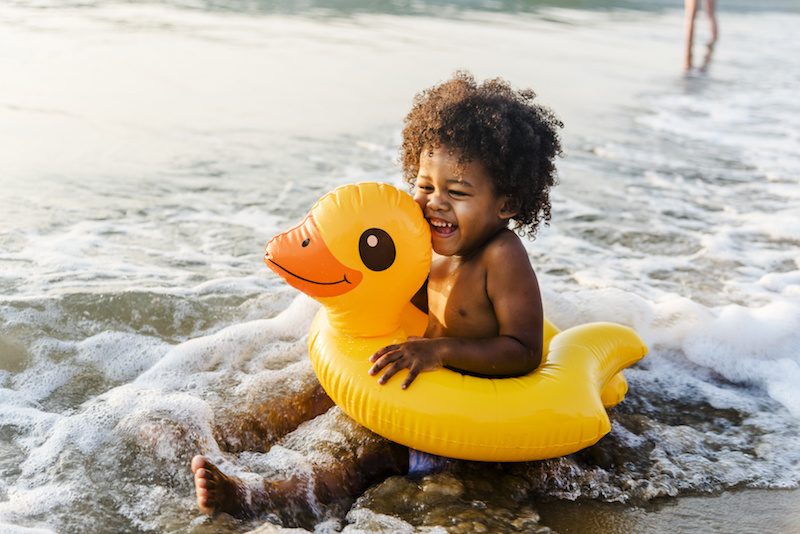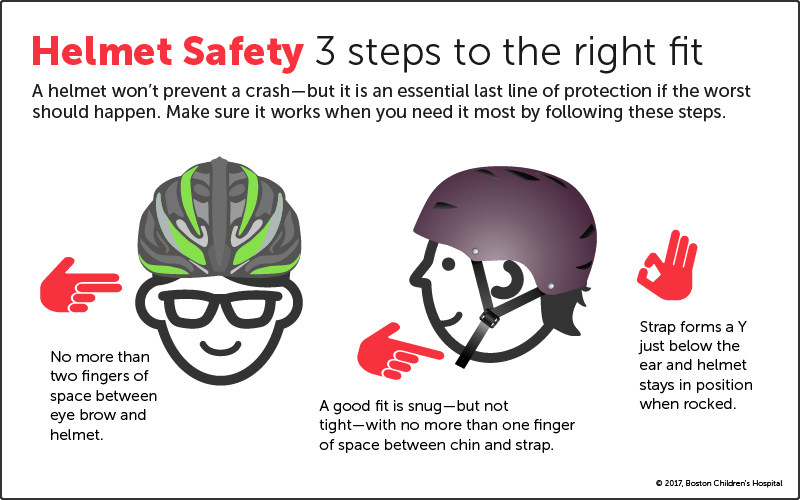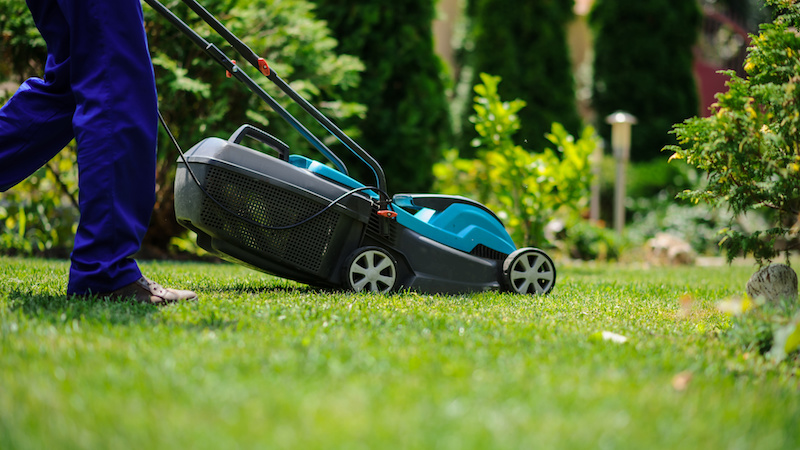Keeping kids safe this summer

Now that summer is here, many families are looking to get out of the house and enjoy the outdoors. But don’t forget to follow basic summer safety guidelines to avoid injuries.
Here are just a few ways to keep your child safe this summer.

Stay safe in the great outdoors
When your child is playing outside, it’s important to protect them from dehydration, sunburns, and bug bites. Follow these tips:
- Slather on sunscreen with an SPF of at least 15 over all visible areas of the skin, even if they’re wearing a mask. Even on cloudy days, kids can get sunburned, so apply sunscreen if your child is going to be outside for more than 30 minutes. Sunglasses, hats, and long sleeves can all also help prevent sunburns.
- Make sure you child takes regular water breaks when playing in the heat, even if they don’t feel thirsty.
- Know the signs of overheating or heat illness: if your child complains of dizziness, headache, nausea, or muscle cramps they might be overheated. If your child has any of these symptoms, lie them down in a cool, shady area, place cool cloths on their body, and call your doctor.
- Always have bug spray or insect repellent on hand to avoid bug bites. Bug bites are always unpleasant, but some children may have a more serious allergic reaction, so it’s a good idea to prevent them before they happen.
- Make sure they wash their hands thoroughly after coming inside, and use hand sanitizer if they’re in an area without access to a sink.

Leave fireworks to professionals
It was reported in 2021 that there was an estimated 1,500 emergency department-treated injuries involving firecrackers, and 1,100 involving sparklers. This number includes many children — and may rise this year as families celebrate summer festivities. Not only are they dangerous, but fireworks are also banned in many states (including Massachusetts) unless you have a professional license.
To stay safe, don’t buy or use fireworks, even sparklers, which can burn at 1,200 degrees. If your children see you lighting fireworks, they may try to copy you, and not understand the risk they pose.

Follow bike safety tips
Learning to ride a bike is a classic childhood experience. Not only is riding a bike a great way to get around, it’s also a perfect way to encourage kids to get exercise outside. To avoid bike injuries, follow the ABC Quick Check method to identify any potential mechanical issues with the bike that could injure your child.
If your child is using a bike, it is critical that they follow the rules of the road to avoid accidents. Teach your child to always:
- ride on the right side of the road, going in the same direction as the traffic
- stop at all stop signs and red lights
- look both ways before crossing a street or sidewalk
- use hand signals to indicate which direction they are turning
- use a basket or backpack to carry things so they’re able to use both hand brakes if their bike is fitted with them
Wear a helmet
Your child should always wear a helmet when riding a bike or anything else with wheels (such as a skateboard, scooter, or in-line skates). It can reduce the risk of head injury by up to 45 percent. You don’t need to shell out for an expensive helmet, just make sure it’s new. Cracked or used helmets that have been in crashes will no longer be protective. Look for helmets that are approved by the American National Standards Institute, the American Society for Testing Materials, or the U.S. Consumer Product Safety Commission.

To make sure your child’s helmet fits correctly, follow these guidelines:
- The helmet should have front straps that go under the chin and make a ‘Y’ under the ears. The rear straps should be flat behind the head.
- The straps of the helmet should be snug so that it doesn’t move around on the head. Generally, one finger should fit between your child’s chin and the helmet’s chinstrap.
- To make sure the helmet sits well on the head, there shouldn’t be more than two fingers’ worth of space between your child’s eyebrows and the helmet.

Be careful with lawnmowers
In the U.S., more than 9,000 kids are sent to the emergency room every year for lawnmower-related injuries. The importance of lawnmower safety cannot be overstated. According to Dr. Yi-Meng Yen from the Orthopedics and Sports Medicine Center at Boston Children’s Hospital, “The American Academy of Pediatrics, the Pediatric Orthopedic Society of North America, and the American Academy of Orthopedic Surgeons all strongly advocate lawnmower safety.”
Not only are lawnmower injuries extremely traumatic, but they can also lead to serious injury or death. “As an orthopedic surgeon who treats lawnmower injuries, as many as 40 percent of the injuries we see lead to amputation,” says Dr. Yen.
To protect yourself and your children from lawnmower-related injuries follow these guidelines:
- Keep your children out of the yard when mowing, and never allow children to ride as passengers on ride-on mowers.
- Pick up toys, sticks, and other debris from the yard before mowing, to prevent injuries by a flying object.
- Never mow in reverse or pull the mower backwards and always check carefully for children behind you.
- Wear proper attire while mowing, including closed-toed shoes and hearing and eye protection.
- Never let a child younger than 12 operate a walk-behind mower. Children younger than 16 should not be allowed to operate ride-on mowers.
- Only use a mower with a control that stops the blade from moving if the handle is released and keep it in proper working order at all times.
Get more information on lawnmower safety from the American Academy of Pediatrics.

Watch windows
As the weather gets warmer, it’s tempting to open your windows to let the fresh air in. But falling out of windows can cause very serious injuries for children. A window open even 5 inches can be dangerous for children under age 10. To avoid a window-related injury, make sure to:
- Place store-bought window guards on all windows above the first floor. A screen will not be strong enough to prevent your child from falling through a window.
- In addition to window guards, window stops are also a great idea. They allow fresh air and a cross breeze and still ensure windows can’t open wide enough for kids to fall out.
- If you have windows that can open from both top and bottom, make a habit of opening just the top to prevent accidental falls.
- Make sure your child cannot reach open windows.
- Move any furniture away from windows. If your child falls off a sofa or table into glass, it could cause them to break through the window.
- Set rules with your child about playing near windows. Remind them to be careful when playing near windows and to be aware of their surroundings.
Learn more about practicing water safety, warding against ticks and poison ivy, and avoiding dog bites.
Related Posts :
-

Help your child manage anxiety about school violence
With news of school shootings and other violence often reaching children, parents sometimes grapple with how to help their child ...
-

Which pain medication is right for your child? What a pediatrician wants parents to know
There’s no shortage of safe and effective pain medications for children. Acetaminophen (commonly known as Tylenol), ibuprofen (Motrin, Advil), ...
-

Going back to school with a chronic condition
Going back to school can be a time of excitement for many families: Your kids are looking forward to reconnecting ...
-

Helping clinicians embrace family-centered rounds
If you’ve ever been hospitalized, you may have experienced this: groups of doctors coming in and talking about you ...





